Photo
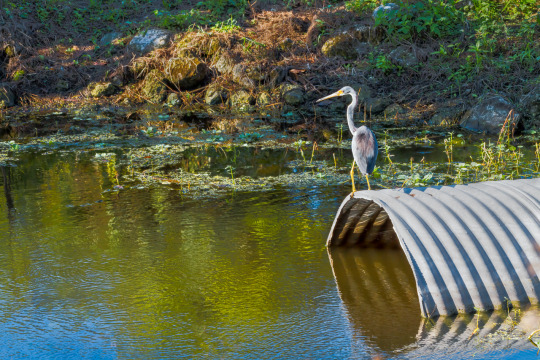
Great Blue Heron waiting on fish to swim through a water conduit pipe to catch them by surprise. Display of ingenuity by wildlife.
0 notes
Photo
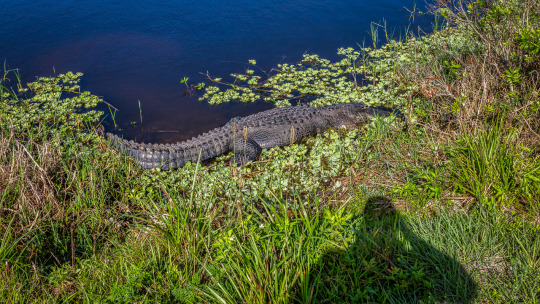
Want to get up close and personal? The shadow is me taking the photo. This alligator was sunning itself at Circle-B-Bar Preserve in sunny, warm Florida.
0 notes
Photo
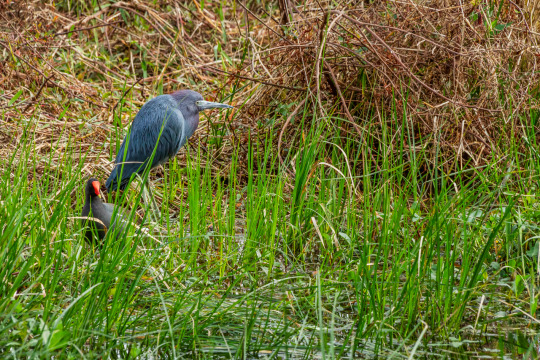
Little Blue Heron and Common Gallinule hanging out together in the grass at Circle-B-Bar Reserve near Lakeland, Florida. Circle-B-Bar Reserve is a world famous reserve with numerous species of wildlife, especially birds.
0 notes
Photo
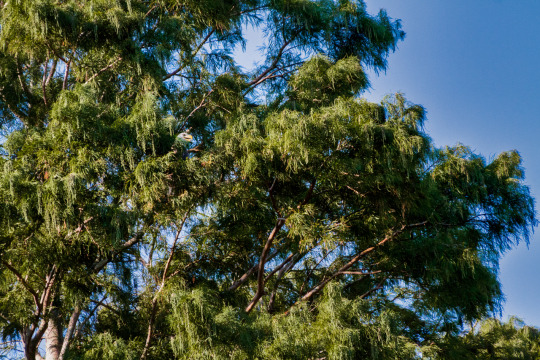
One of my nicer finds at Circle-B-Bar Reserve yesterday. This Bald Eagle was so high, you really couldn’t spot it with the naked eye. Someone pointed it out to me. LOL
0 notes
Photo

One of my nicer finds at Circle-B-Bar Reserve yesterday. This Bald Eagle was so high, you really couldn’t spot it with the naked eye. Someone pointed it out to me. LOL
0 notes
Photo

A few alligator fun facts from https://ourplnt.com/alligator-facts/
· An alligator’s brain has the average size of a walnut, but they have been observed using lures (like bait sticks) to hunt birds.
· Alligators are much less aggressive than their cousins, crocodiles. They are generally timid towards humans and tend to walk or swim away if one approaches.
o <My Edit> Of course, unless you give them no other choice.
· It is easy to hold an alligator’s mouth shut.
· Alligator eggs become female or male depending on the temperature.
· Alligator diet can include fruit and plants.
· In Florida, feeding wild alligators at any time is illegal.
0 notes
Photo
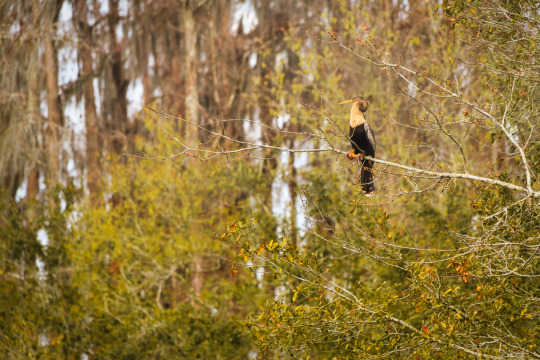
Anhinga in Our Backyard
Thanks to https://grandstrandmag.com/feature/7_fun_facts_about_the_amazing_anhinga for the following:
- Doesn’t have waterproof feathers like most water birds do. This may seem like a disadvantage, but wet feathers and dense bones help them slowly submerge their bodies under the water so they can slyly stalk prey.
- Despite being a water bird, they soar quite well and are frequently seen soaring on thermals at great heights with a distinctive, cross-shaped silhouette.
- When swimming, only the neck appears above water, so the bird looks like a snake ready to strike.
- Name comes from the Tupi Indians in Brazil and means “devil bird” or “evil spirit of the woods.” Also called snakebird, darter and water turkey.
0 notes
Photo



Photographed this Bald Eagle on a cell phone tower a while back. Experimented with a color and black and white version.
#bald eagle#black and white#photography#blackandwithephotography#florida#bird photography#nature photopragpy#urban wildlife#florida wildlife
0 notes
Photo
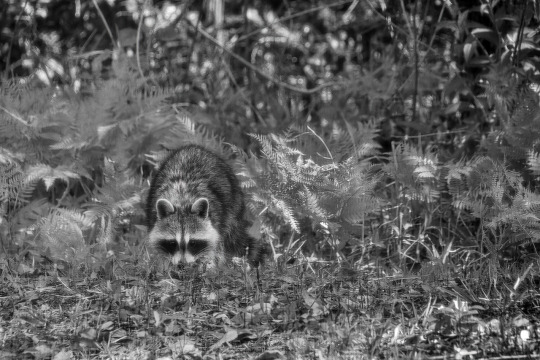
Thanks to
https://www.cbc.ca/kidscbc2/the-feed/8-facts-about-raccoons
for these fun facts
1. Raccoons have been around for 40,000 years.
2. Raccoons migrated north by adapting to new environments and can now be found as far north as Alaska!
3. Raccoons are small, have sensitive hands and can eat just about anything, making them ideal for urban life.
4. Raccoons love life in the big city! Today there are 20 times more raccoons in cities than there were 70 years ago.
5. Toronto is the raccoon capital of the world. Fifty times more raccoons live there than in the surrounding countryside.
6. Raccoons' hands have a bunch of nerves that are like taste buds sending information to the brain.
7. Raccoons use up to 20 den sites at a time, from sheds to sewers.
8. In the city, raccoon territories average around three square blocks. They prefer backyards to parks.
0 notes
Photo

http://justfunfacts.com/interesting-facts-about-great-egrets/
• Found on all continents except Antarctica.
• Lifespan of about 15 years in the wild and about 22 in captivity.
• Size:
- Up to 1 meter (3.3 ft) tall
- Wingspan of about 1.3 to 1.7 meters (51 to 67 in)
- Weight range from 700 to 1,500 g (1.5 to 3.3 lb), average 1,000 g (2.2 lb).
• Very territorial, defend nests, mates, and young.
• Prior to the 20th century, the population nearly decimated by demand for plumage for women’s hats and garments.
• Placed under protection of the Migratory Bird Treaty Act in 1918. By mid 1900’s populations steadily on the rise. Today, populations doing well.
• Popular:
- 5-Brazilian reais banknote.
- New Zealand $2 coin
- Hungarian 5-forint coin.
- Belarus, a commemorative coin.
• Symbol of the National Audubon Society.
0 notes
Photo

Yellow-Rumoed Warbler
Thanks to Yellow-Rumped Warbler: Bird Identification, Habits, Facts, Nesting - Bird Informer for the following fun facts:
· They tend to collide into man-made structures like radio towers and buildings
· The oldest recorded Yellow-rumped Warbler was seven years old.
· Male Yellow-rumped Warblers search in higher places for food than female birds.
· They are the only warblers that can digest wax-coated berries.
· They can digest 80% of wax-coated berries.
· Yellow-rumped Warblers are one of the most common warblers in North America.
0 notes
Photo

From my Florida Wildlife in Black and White project:https://www.facebook.com/media/set/?set=a.10218245861363708&type=3
Thanks to https://www.birdsandblooms.com/birding/bird-species/interesting-facts-sandhill-cranes/ for these Sandhill Crane fun facts
Sandhill crane offspring can be ready to leave the nest and even start swimming just eight hours after they hatch.
Although the chicks are independently mobile, they will stay with their parents up to 10 months after being born.
The oldest known sandhill crane fossil was found in the Macasphalt Shell Pit in Florida and is estimated to be 2.5 million years old.
0 notes
Photo

From my Florida Wildlife in Black and White project:
https://www.facebook.com/media/set/?set=a.10218245861363708&type=3
Thanks to https://santarosa.wbu.com/chickadee-fun-facts for the these fun facts.
• Chickadees usually mate for life.
• Chestnut-backed and Black-capped chickadees keep an eye on the food-finding success of other individuals, if one bird is doing especially well; they adapt their behavior, whereas unproductive tactics are not copied.
• The oldest banded Black-capped Chickadee recaptured in the wild had lived 12 years and 5 months.
• Have you noticed how ravenously the birds eat at your bird feeders, especially first thing in the morning and just before dusk? Chickadees can gain as much as 10 percent of their body weight each day and lose it all again during a cold winter night.
• Chickadees are a tough little bird that do not migrate. During cold weather Chickadees have been found to need twenty times more food than they do in summer.
1 note
·
View note
Photo

Fun Facts About Dragonflies for Kids - There are over 3,600 kinds of dragonflies on the planet. - Dragonflies have sharp teeth. - A dragonfly can eat hundreds of mosquitoes in a single day. - Dragonflies can fly straight up and down and side to side. Thanks to Easy Science for Kids https://easyscienceforkids.com/all-about-dragonflies https://www.instagram.com/p/CST05xOLHg0/?utm_medium=tumblr
0 notes
Photo
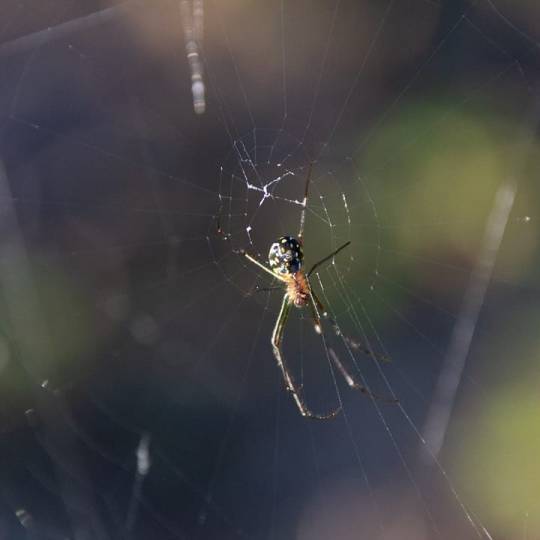
Tried a little artsy flare on this one. What do you think? Before and after posted here. (at Circle B Bar Reserve) https://www.instagram.com/p/CQ_BCxDn1xZ/?utm_medium=tumblr
0 notes
Photo
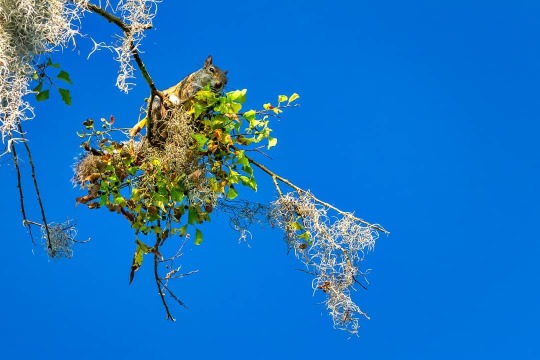
Looking up at a squirrel feeding in a tree. Photographed at Circle-B-Bar Reserve near Lakeland, Florida. (at Circle B Bar Reserve) https://www.instagram.com/p/CPp4S9NrJ-K/?utm_medium=tumblr
0 notes
